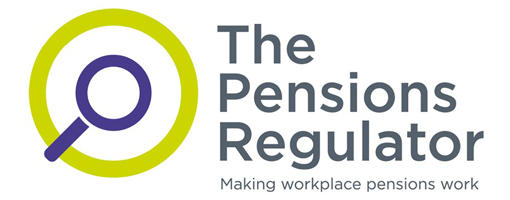The average deficit recovery plan period for tranche 14 schemes was 4.5 years, 2.2 years shorter than three years ago, Aon analysis has revealed.
Aon noted that this was "a bigger reduction than might have been expected".
The research of pensions schemes’ funding valuations completed between September 2018 and July 2019 found that over two-thirds (67 per cent) of schemes had used long-term funding targets alongside technical provisions targets in funding valuations.
Additionally, nearly three-quarters (74 per cent) of those schemes had a journey plan to achieve the target by the time the scheme is significantly mature.
Seven out of 10 (70 per cent) schemes using a long-term funding target and technical provisions were doing so against a measure of self-sufficiency, while 30 per cent were measured on a buyout basis.
Just under a quarter (24 per cent) thought their long-term objective could be reached in five years or less, two thirds (66 per cent) thought it would take between five and 20 years, and 10 per cent thought it would take more than two decades to reach their target.
This news comes after The Pensions Regulator launched a consultation into a revised code of practice which centres around schemes’ long-term objectives, requiring schemes of a certain maturity to have low dependency on employers and a high resilience to risk.
The report stated: “These statistics indicate that trustees and employers understand the importance of setting a long-term objective and that they are anticipating the likely changes to the funding regime.”
Almost three-quarters (71 per cent) of schemes were found to have taken an integrated approach to risk management that included consideration of downside scenarios and contingency planning, up from just 59 per cent three years prior.
More than one in ten (11 per cent) of schemes had not considered integrated risk management, while 30 per cent had formulated no integrated risk management plan.
The report added that more than four-fifths (86 per cent) of schemes used a third party/specialist assessment of the employer covenant, at least 5 per cent more than in any of the three previous reports.
The analysis also found that 85 per cent of schemes hedged at least 70 per cent of their interest rate risk, while the same percentage hedged at least 70 per cent of their inflation risk.
The average technical provisions funding level and the proportion of schemes in surplus were both higher than for any previous year since the start of the current funding regime.
An increased proportion of valuations (almost two-thirds) allowed for an element of additional return in excess of the discount rate in the recovery plan, and the average allowance increased.
The report stated that “average funding levels had improved, then dipped significantly” as Covid-19 affected the period covered by the next year of the valuation report, meaning that “schemes with tranche 15 valuations may consider making adjustments to allow for post-valuation experience”.
Latest News
-
Looking back: Top 20 most read stories of 2025
-
‘Growing minority’ of pension savers turning to newer digital channels
-
Border to Coast deploys more than £1bn across private markets programme
-
Looking back: The Pensions Age 2025 DEI focus
-
This week in pensions: 15-23 December
-
Looking back: 2025 - The year of the big pension overhaul
Private markets – a growing presence within UK DC
Laura Blows discusses the role of private market investment within DC schemes with Aviva Director of Investments, Maiyuresh Rajah
The DB pension landscape
Pensions Age speaks to BlackRock managing director and head of its DB relationship management team, Andrew Reid, about the DB pensions landscape
Podcast: From pension pot to flexible income for life

Podcast: Who matters most in pensions?

In the latest Pensions Age podcast, Francesca Fabrizi speaks to Capita Pension Solutions global practice leader & chief revenue officer, Stuart Heatley, about who matters most in pensions and how to best meet their needs
© 2019 Perspective Publishing Privacy & Cookies










Recent Stories